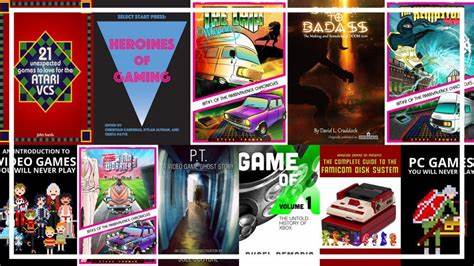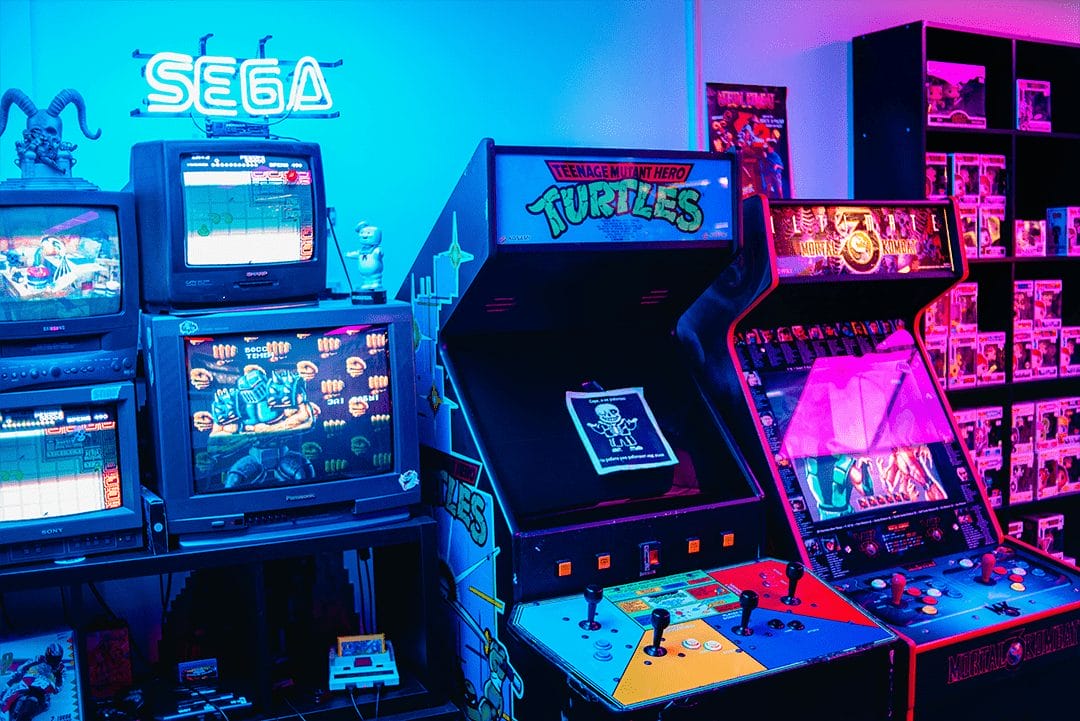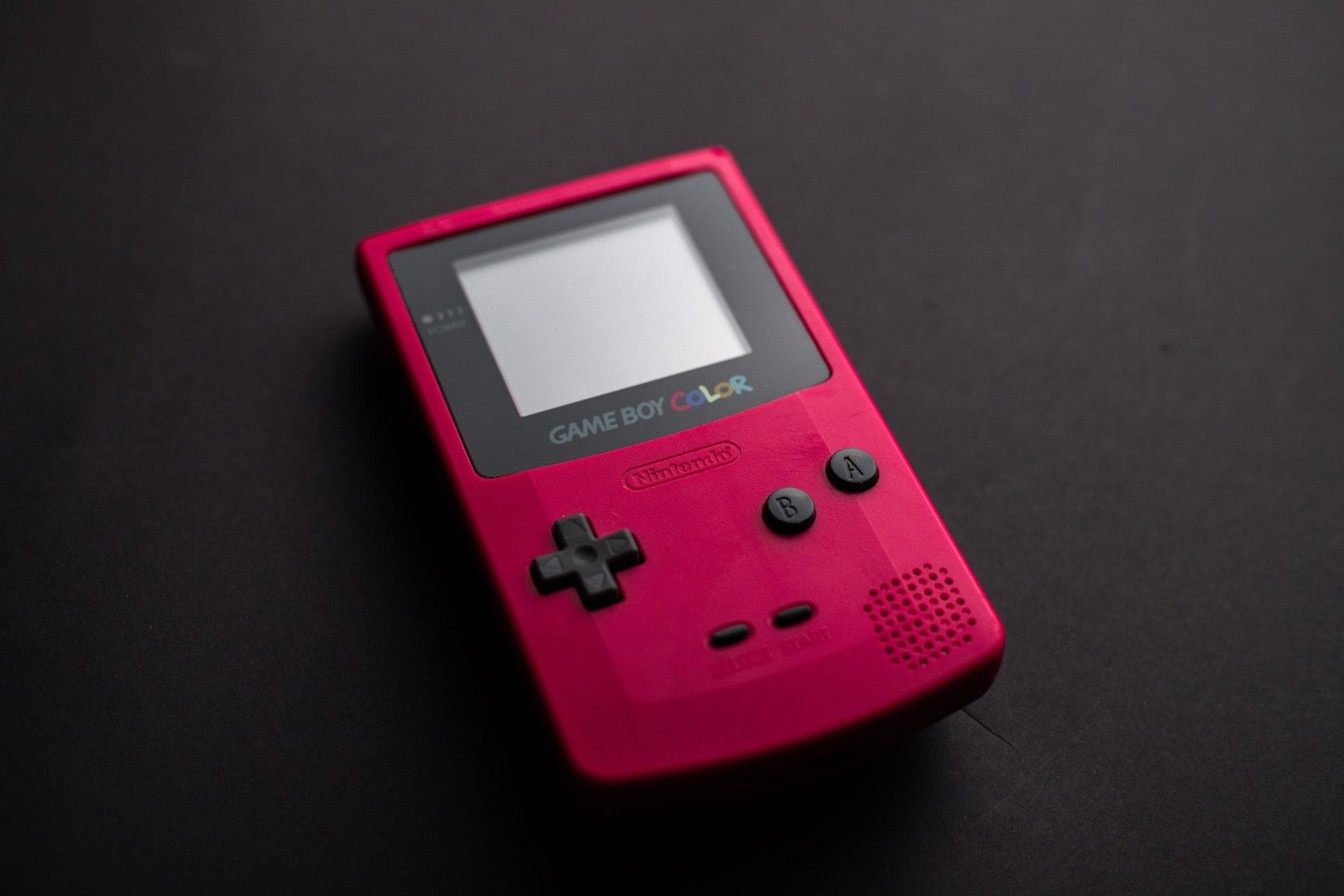
Arcade Franchises That Successfully Evolved for the Modern Era (and Those That Didn’t)
Evolution is a key aspect of game design. Consumers have high expectations for their favourite franchises and publishers who fail to continuously innovate fall by
Whether you’re a hardcore gamer, or someone with more of a casual interest; it’s no secret that gaming as a medium has changed a great deal over the last few decades. Technological and societal advancements have meant that players engage with gaming titles and consoles in completely different ways than was the norm in the late 90s and early millennium years. As the catchy electronic beats that filled arcade halls were replaced by high-fidelity audio blasted through comfy over-ear headphones, the industry grew exponentially, working itself into all aspects of media carrying with it millions of fans both old and new. For all of its changes, is gaming better today than it has ever been? Well, it’s hard to say as for the most part it’s completely different. In the blog below we explore some of the ways in which the industry has changed, and whether or not this has actually been a step in the right direction.
It wasn’t until the 5th generation of home consoles that video games really hit the mainstream. Sure, home consoles were around before this in the form of devices such as the SNES and Mega Drive, but these were relatively underpowered when compared to their arcade cabinet counterparts. However, the early 1990s brought great change in the form of CD rom technology which kickstarted the change to 3D and opened doors for developers to bring much higher spec games to home consoles. With this new tech on hand, Nintendo would go on to release the Nintendo 64 with (arguably the most influential game of all time) Mario 64. In terms of immersion, Mario 64 was not only one of the first game to feature fully decorated 3D environments, but also came with a completely unique analogue controller designed specifically for the title, making for a much more immersive experience overall.
Considerations for object placement around levels, sound design, and even realistic character movement are now at the forefront of game design; no longer are gamers willing to forgive a lack of attention to detail. Immersion is also taken to the next level in modern gaming with external hardware playing a key role. Surround sound headphones, ergonomic controllers, monitors with high refresh rates, all of these and more help to ensure that every modern gaming experience is as engrossing as possible. Naturally, none of this was available on classic devices with developers having to make the most of the somewhat limited resources available. This isn’t to say that classic games weren’t immersive, but rather that due to the limitations of the time, they weren’t able to captivate players in quite the same way.
Another area where gaming has changed a great deal is in accessibility; not just in terms of owning/playing titles, but also in being able to develop new games without the backing of an industry-leading publishing team. This has led to a massive increase in independent titles that often bring a level of unbridled creativity that most triple-a developers can’t quite match. Indie darlings such Undertale, Celeste, and even Minecraft wouldn’t have been possible without the increased availability of development tools as well as the ease of listing these to online storefronts such as Steam. For classic titles, development was somewhat of a dark art as there was very little in the way of reference or experience on past projects – this meant that for a number of years, only a very select few companies were even able to successfully get a title all the way from the planning stage to release.
Let’s not pretend that any game developers – today or in the past – decided to start developing a title or console purely out of love for gaming. The monetary incentives have always been there. However, as valuations of the gaming industry rose, it went from being a niche hobbyist field, to something that was attracting high-profile investors. This has caused the triple-a market to stagnate; the fresh ideas and creativity that flowed in abundance just several years ago are now being re-used and re-hashed to squeeze as much money out of players still being swayed by flashy cutscenes and CG trailers. The value of nostalgia is higher than ever with the companies we grew up loving taking every opportunity to make another pay check off their own artistry from bygone days. However, it’s hard to say whether we would have seen the same level of technical advancement in gaming if there wasn’t big money to be made – who’s to say that the big tech companies wouldn’t have pointed their R&D departments elsewhere?
It’s easy to look back and praise the gaming industry for how it was pre-2000s, but in many ways it faced the same issues as it does today. Sure, games like Street Fighter and Mortal Kombat revolutionised the fighting genre, but much in the same way as for any modern breakthrough game, they were followed by countless clones looking to cash in on the hype. Game companies also did their best to take advantage of their consumers by releasing costly peripherals that would no longer be supported mere months after release. To make matters worse, new home consoles were being released at a terrifying rate. Sega themselves released six different consoles between 1990 and 1998 with many of these being completely forgettable even to the most hardcore of collectors.
The triple-a industry has no real excuse for lacking creativity and it’s often frustrating to see the same copy-paste open world RPG be released numerous times by the same company (looking at you Ubisoft). To make matters worse, some developers are now looking to extra ways to monetise their titles even after having users pay the full premium price. Battle passes, loot boxes, and in-game cosmetic purchases have become more prevalent in an attempt to maximise income from loyal fanbases. Fortunately, there is plenty of scrutiny for these malicious business practices, but with more developers than ever choosing to push monetisation, it likely won’t be too long before this becomes the norm.
Gaming has always had somewhat of a bad reputation – especially in the early days of home consoles where popular titles were regularly being referenced in relation to real-world crimes. There were multiple cases where developers were taken to court and blamed for inciting violence or promoting anti-social behaviours. Attitudes have changed a great deal over the last few decades with multiple studies being conducted which proved that even long-term exposure to violent video games had next to no impact on aggression. The science behind these studies have put people’s minds at ease and the stigma around video gaming lessened.
The introduction of mobile gaming represented another major step in changing the attitudes around gaming. Suddenly, everyone had access to a simple gaming medium which led to a massive influx of new hobbyists of all ages. As the older generations experienced gaming firsthand, they came to realise that Candy Crush probably wasn’t responsible for the youth violence in their neighbourhood. In the modern day, gaming is more widespread that ever and major advancements are being made to make sure that titles remain accessible even to total beginners. We hope that as gaming is experienced by more and more people, it’ll become a hobby that isn’t looked down upon.
As mentioned in the previous section, mobile gaming has experienced a massive surge in recent years. The vast majority of people now carry mobile devices with them wherever they go, and the improvements to processing power have meant that even some of the (by today’s standards) underpowered phones can run some very decent mobile titles. To put things into perspective, the Appollo 11 Guidance Computer which landed mankind on the moon in 1969 worked at 0.043 MHz, while the average modern iPhone runs at around 3.32 GHz making the mobile device over 100 million times faster. Even when compared to something more recent such as home consoles from the 2000s, many mobiles can play entire titles quite comfortably through the use of an emulator.
Creating mobile titles has become a practical way for developers to hit huge audience numbers and we’re expecting this medium to grow even further over the next few years as mobile technology continues to advance. Capcom have recently attempted to bring one of their flagship franchises – Resident Evil to the latest iPhone models indicating an interest in further bringing the world of console and mobile gaming even closer together. If made practical, we could even see mobile phones enter the console market as a readily-available alternative to Xbox or PlayStation.
The changes to the gaming landscape over the last several years have been monumental. It’s difficult to say whether the industry was better off as a niche market, or whether the large levels of investment and interest from the public have taken it to the next level. Of course, plenty of issues have surfaced as gaming has grown and it’s easy to imagine that a great many fans would love the industry to become somewhat less financially motivated. On the other hand, the newfound accessibility of gaming is a massive benefit with more people than ever before being able to experience the enjoyment of immersing themselves in the beautiful worlds that gaming can bring to life.

Evolution is a key aspect of game design. Consumers have high expectations for their favourite franchises and publishers who fail to continuously innovate fall by

The Arcade is widely recognised as the birthplace of some of gaming’s most iconic titles. Without the simplistic 8-bit graphics of the 1970s, we would

Whether you’re a hardcore gamer, or someone with more of a casual interest; it’s no secret that gaming as a medium has changed a great

Gaming has changed a lot over the last several decades, we now live in the era of flashy CGI trailers and amazing action set-pieces, an

Whether you’re a hardcore gamer, or someone with more of a casual interest; it’s no secret that gaming as a medium has changed a great

There are a multitude of popular films that reference famous retro games, the majority are based off games themselves so it is interesting to see

Evolution is a key aspect of game design. Consumers have high expectations for their favourite franchises and publishers who fail to continuously innovate fall by

The Arcade is widely recognised as the birthplace of some of gaming’s most iconic titles. Without the simplistic 8-bit graphics of the 1970s, we would

Whether you’re a hardcore gamer, or someone with more of a casual interest; it’s no secret that gaming as a medium has changed a great

There was a time when arcade machines dominated the gaming space – arcades were found around every corner and were packed with people of all

In recent years, many gaming companies have placed major emphasis on implementing accessibility within their franchises. Mobile and portable gaming are now leading sources of

While retro gaming as an industry is now stronger than it has been for a long time, there was a lengthy period of time in

The 1980s are famous for the era in which arcade games and video games were embraced by the mainstream market. There were some basic concepts and

Table tennis, pool tables, and dart boards are all standard additions to the contemporary games room. Have you thought about buying something more distinctive for your